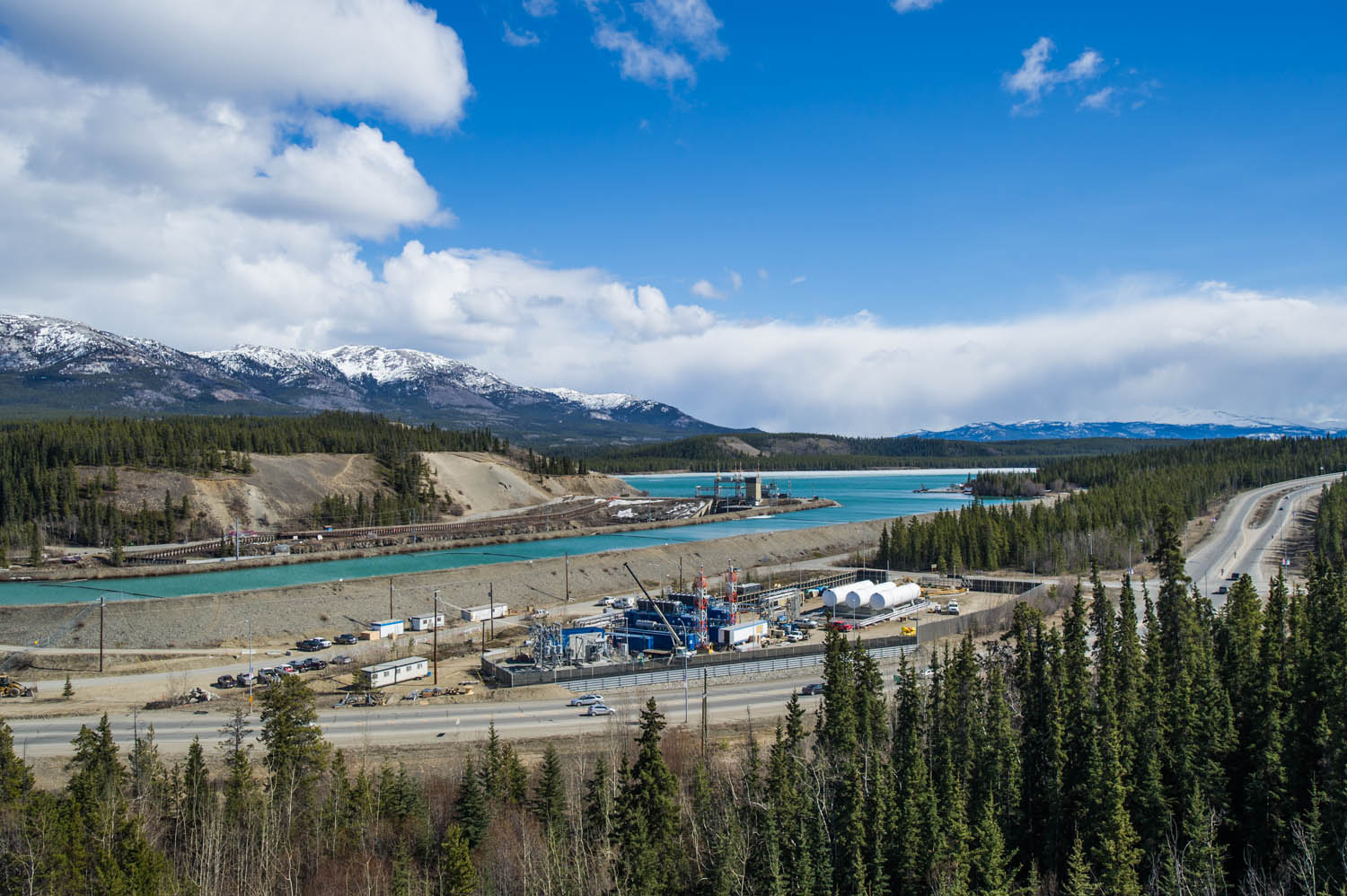Questions About the Safety of LNG and our LNG Plant
Energy Supply, Reliability, Safety
Jun 04, 2015 Comment As we prepare for the commissioning of our natural gas plant in Whitehorse, we are getting more questions about the safety of the facility, and of LNG in general. Over the next few weeks we will post a series here and on our social media sites that addresses some of the concerns raised.
As we prepare for the commissioning of our natural gas plant in Whitehorse, we are getting more questions about the safety of the facility, and of LNG in general. Over the next few weeks we will post a series here and on our social media sites that addresses some of the concerns raised.
We believe that much of the fear here in the territory stems from a lack of familiarity with LNG. Most of us use hydrocarbon fuels in our daily lives...gasoline or diesel in our vehicles, propane and oil in our homes, and we rarely if ever consider the safety of these fuels. Natural gas is new to Yukon, and so people, rightly so, question its safety.
The reality is that all these fuels have their own unique hazards and need to be respected. As long as all the appropriate safety measures are taken, we can use these products very safely.
Consider this: here in Whitehorse we have two propane tank farms, with a total volume of just over 500 liters. That's about equal to our LNG storage volume. There are diesel tanks at the Whitehorse airport and on our existing Whitehorse site, and we have not heard anyone raise safety questions about them. There are propane tanks near the grocery store in the Riverdale subdivision of Whitehorse, near our generating facilities. Again, we have not heard people express safety concerns about these tanks.
It is generally accepted that LNG is a safer fuel than propane. It has a higher ignition temperature, meaning you need a much hotter spark than you do to ignite propane. As well, the storage pressure of propane tanks is higher than that of LNG, making it more prone to explosions. Natural gas is lighter than air so if you did have an LNG leak, it would disperse upwards. Propane sinks downward and sticks around an area.
In a nutshell, we would not be moving to LNG if we did not believe it is safe, and we intend to implement all the appropriate safety measures in the operation of our LNG site. Watch this site for a map that provides more detailed information about the safety features that have been built into our natural gas facility.
Comments
Be the first to comment